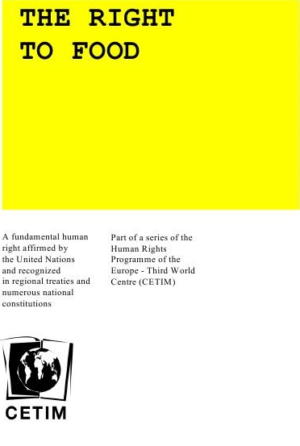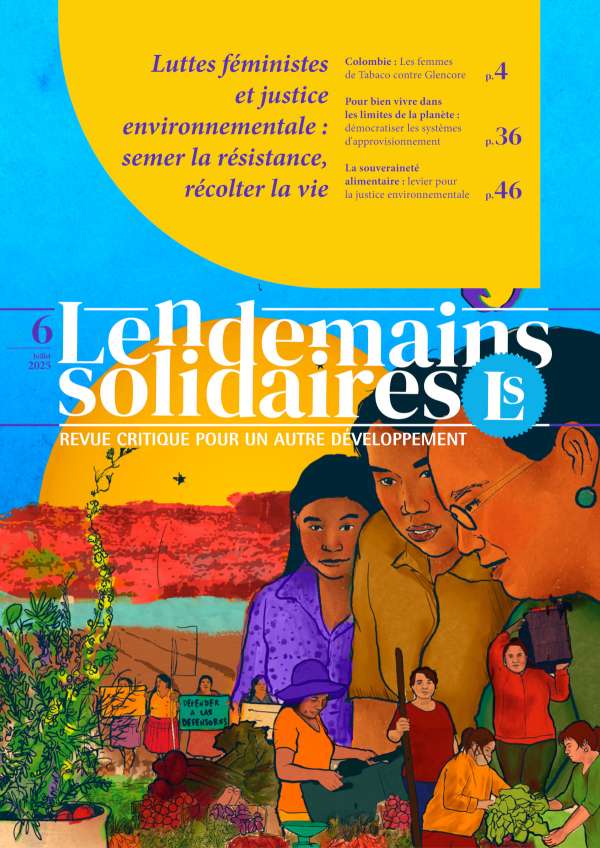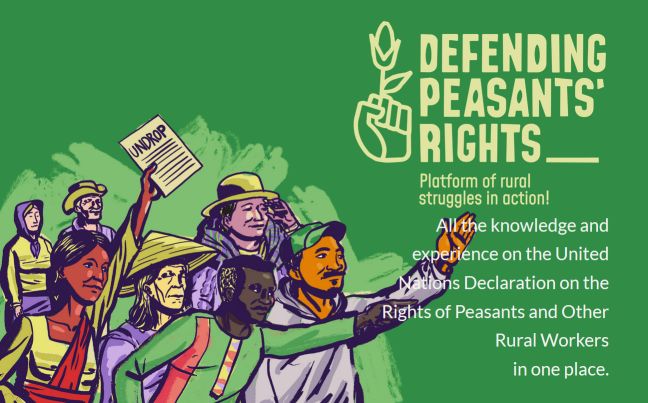Product Description
Access to the publication in PDF
The right to food is a human right. It is universal, acknowledged at the national, regional and international level, and applies to every person and group of persons.
Currently, however, some 852 million persons throughout the world are seriously – and permanently – undernourished, 815 million of whom are in developing countries, 28 million in countries in transition and 9 million in developed (“industrialized”) countries.
Out of these 852 million persons, 50% are small farmers, 20% are landless rural dwellers, 10% are nomadic herders, or small-scale fishermen, and 10% live in urban poverty. Barely 5% are affected by food emergency situations arising from armed conflicts, by exceptional climatic conditions (mainly drought or floods) or by violent economic transitions.
Thus, the causes of undernourishment and of death from hunger and malnutrition are immensely complex, and they cannot be simply attributed to war or natural catastrophes. They are primarily due to social injustice, to political and economic exclusion and to discrimination. Hundreds of millions of undernourished persons suffer from political and social exclusion while their right to food is violated.
In point of fact, the means of demanding one’s right to food and the chances of obtaining redress depend for the most part on the information and enforcement mechanisms available at the national, regional and international level.
With this in mind, this brochure can be said to have a double purpose: to contribute to a clarification of the available information about the right to food and to set out the monitoring and enforcement mechanisms, on the national, regional and international level, to which victims can have recourse when their right to food is violated.



